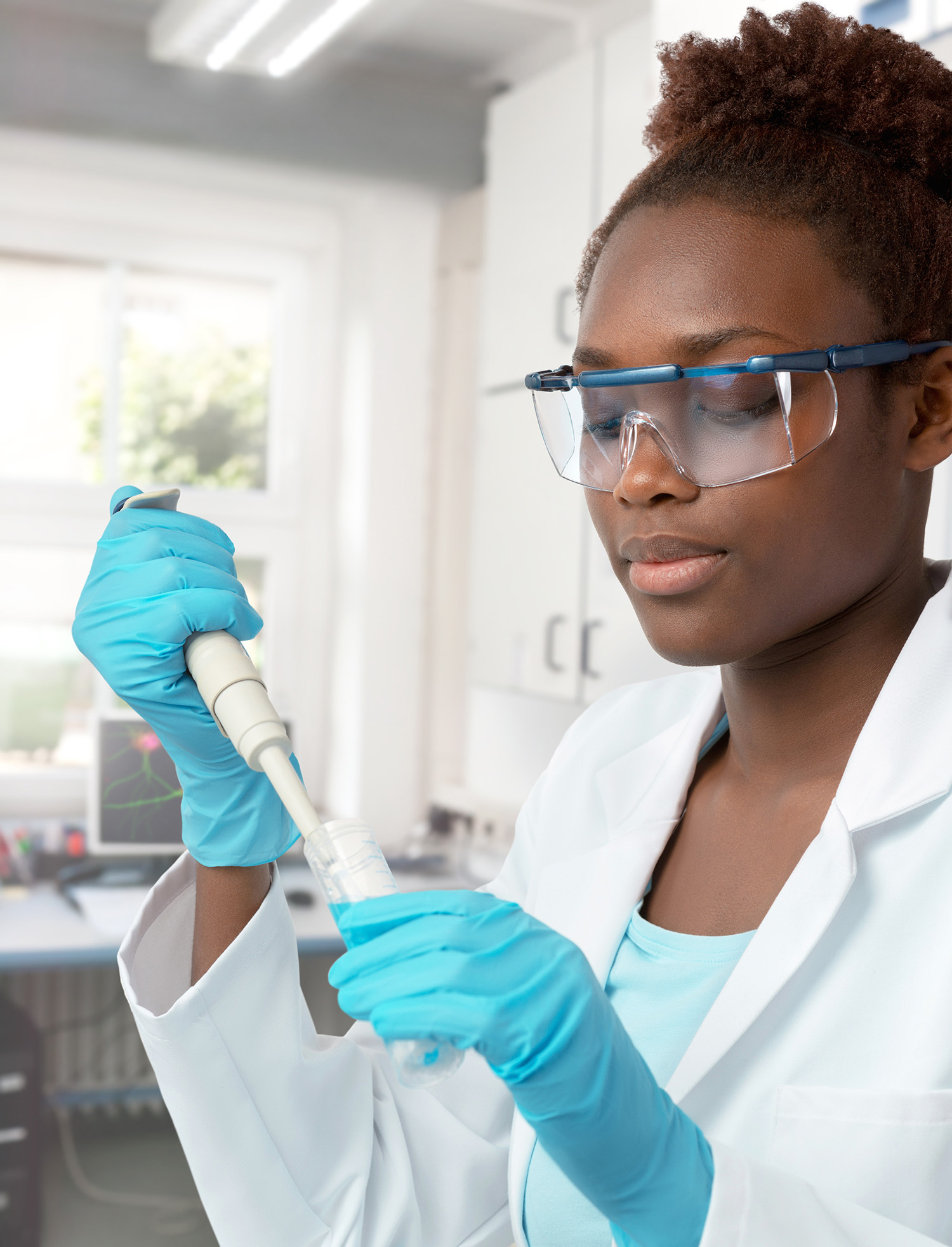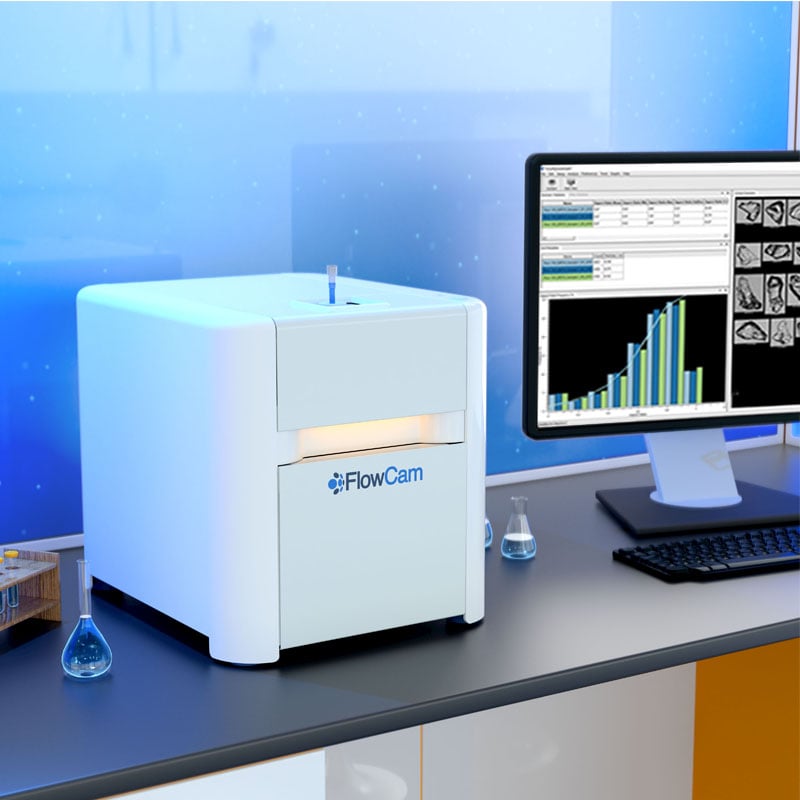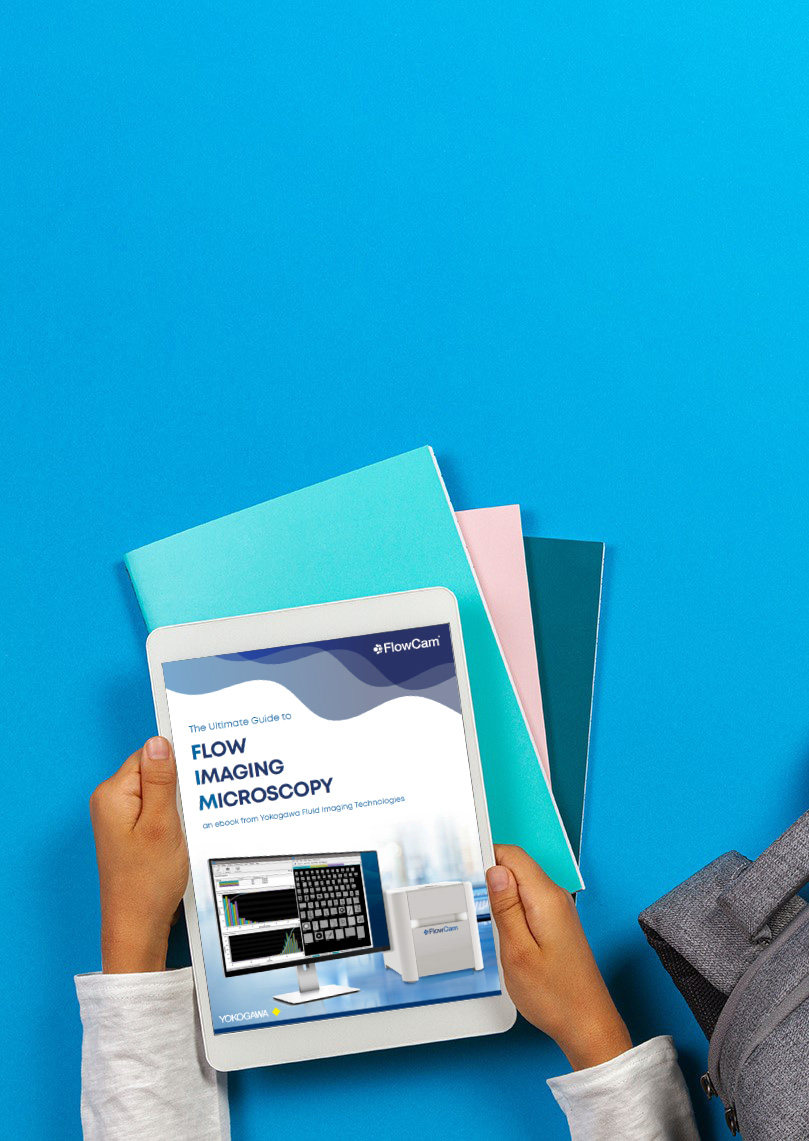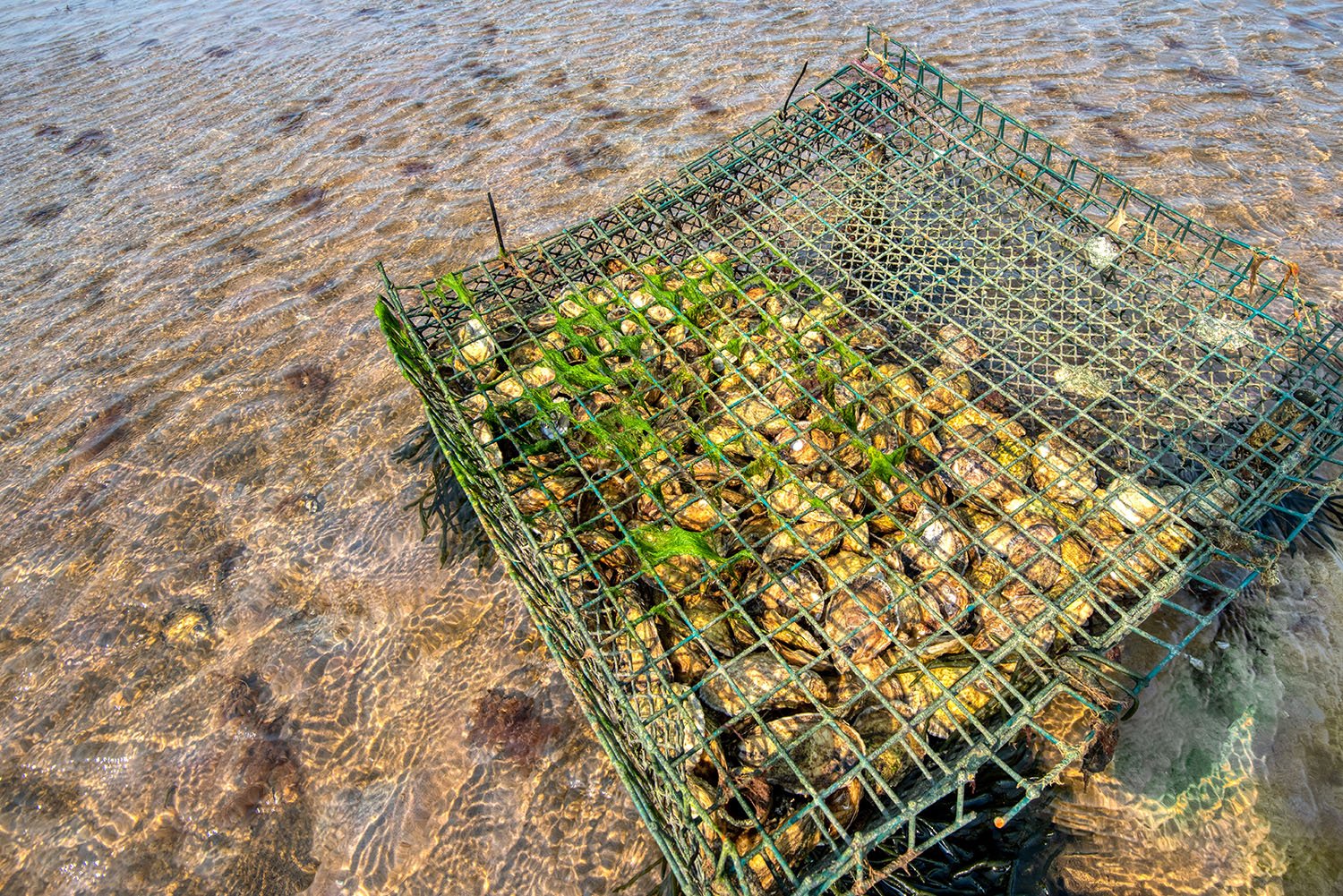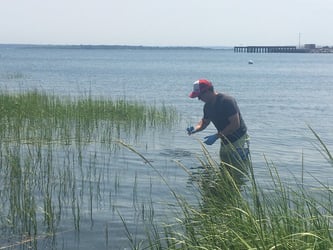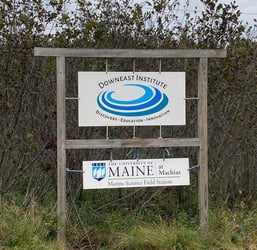Shellfish hatcheries are the foundation of a thriving aquaculture industry. This is particularly evident at Georgia’s only hatchery, housed at the University of Georgia (UGA) Shellfish Research Lab. Responsible for supplying local oyster seed to the entire state’s growers, this hatchery plays a vital role in both local food systems and coastal restoration. Like many hatcheries worldwide, it faces a variety of threats, including harmful algal blooms (HABs).
In 2017, a hatchery crash caused 80 - 90% mortality of oyster larvae. One of the suspects in this marine murder mystery was Akashiwo sanguinea, a marine dinoflagellate detected just next door at UGA’s Skidaway Institute of Oceanography. Researchers routinely monitored phytoplankton in the estuary using FlowCam, a flow imaging microscope. Their data showed that the crash coincided with a spike in abundance in Akashiwo during the mortality event. Since then, Dr. Natalie Cohen’s lab at Skidaway Institute has expanded routine estuary monitoring. Dr. Cohen's lab investigates the environmental conditions that lead to HAB events. FlowCam empowers researchers with fast, accurate, and detailed insights, enabling early detection of environmental threats, expanding research capabilities, and supporting sustainable aquaculture practices. This approach is showcased in our new case study, "Expanding Coastal Georgia HAB Research with FlowCam." Key advantages of FlowCam include:
Since then, Dr. Natalie Cohen’s lab at Skidaway Institute has expanded routine estuary monitoring. Dr. Cohen's lab investigates the environmental conditions that lead to HAB events. FlowCam empowers researchers with fast, accurate, and detailed insights, enabling early detection of environmental threats, expanding research capabilities, and supporting sustainable aquaculture practices. This approach is showcased in our new case study, "Expanding Coastal Georgia HAB Research with FlowCam." Key advantages of FlowCam include:
- Quantitative data collection
- High-speed imaging
- Increased throughput
- Live sample analysis
- Ease of use
PhD student Mallory Mintz uses FlowCam to monitor concentrations of Akashiwo in the Skidaway River Estuary. With high-throughput imaging and quantitative cell density data, she can determine when Akashiwo is approaching bloom levels and investigate whether the timing of blooms changes from year to year. Her FlowCam data is also published online, where hatchery managers can use it as they see fit to help make decisions. This allows hatchery manager Justin Manley to delay drawing water—or to treat it differently—based on real-time environmental insight.
“FlowCam is a powerful tool because of its speed. We have microscopes, of course, but you can ask my undergraduate students: They do not prefer microscopy. It takes too long. They much prefer to
have the images from FlowCam.” - Dr. Natalie Cohen.
This kind of early detection is game-changing for shellfish hatcheries. Hatcheries are most vulnerable during high-demand periods when larvae are in peak production. Bloom events can jeopardize millions of dollars worth of future harvests. FlowCam provides both speed and precision, allowing researchers to scale up monitoring across space and time without sacrificing data quality or requiring lengthy manual microscopy.
If you're involved in HAB monitoring, estuarine research, or manage a shellfish hatchery, this case study highlights how FlowCam supports HAB research and proactive monitoring.


